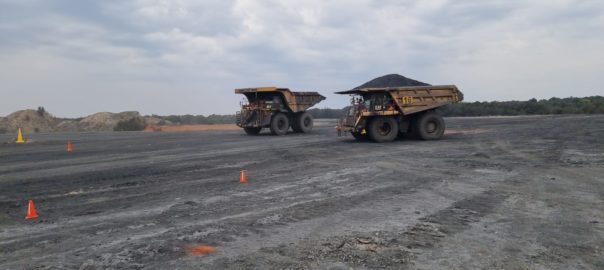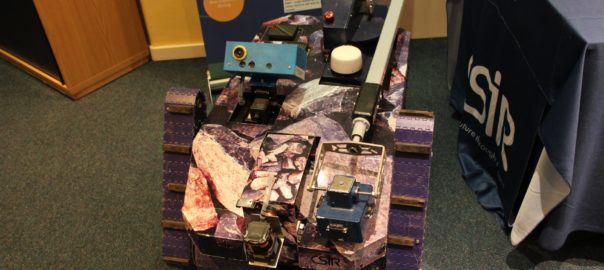This month’s Spotlight Feature Article sees IM take one of its most detailed dives into collision avoidance yet, with Paul Moore reviewing the situation post-Level 9 mandating in South Africa, as well as looking at the latest from a range of technology suppliers looking to improve safety and productivity at mining operations.










 ICMM has launched the report of the Health and Safety Conference held in Santiago, Chile, in November 2012. The conference consisted of 19 companies and over 300 delegates including five chief executives. The report highlights the importance of collaboration, culture and leadership which was a common message heard throughout the 19 sessions that took place during the conference. The vehicle safety aspects of the conference were extensively reported in International Mining’s April issue, pp64-76.
ICMM has launched the report of the Health and Safety Conference held in Santiago, Chile, in November 2012. The conference consisted of 19 companies and over 300 delegates including five chief executives. The report highlights the importance of collaboration, culture and leadership which was a common message heard throughout the 19 sessions that took place during the conference. The vehicle safety aspects of the conference were extensively reported in International Mining’s April issue, pp64-76.